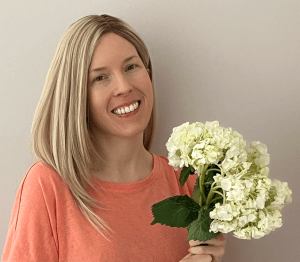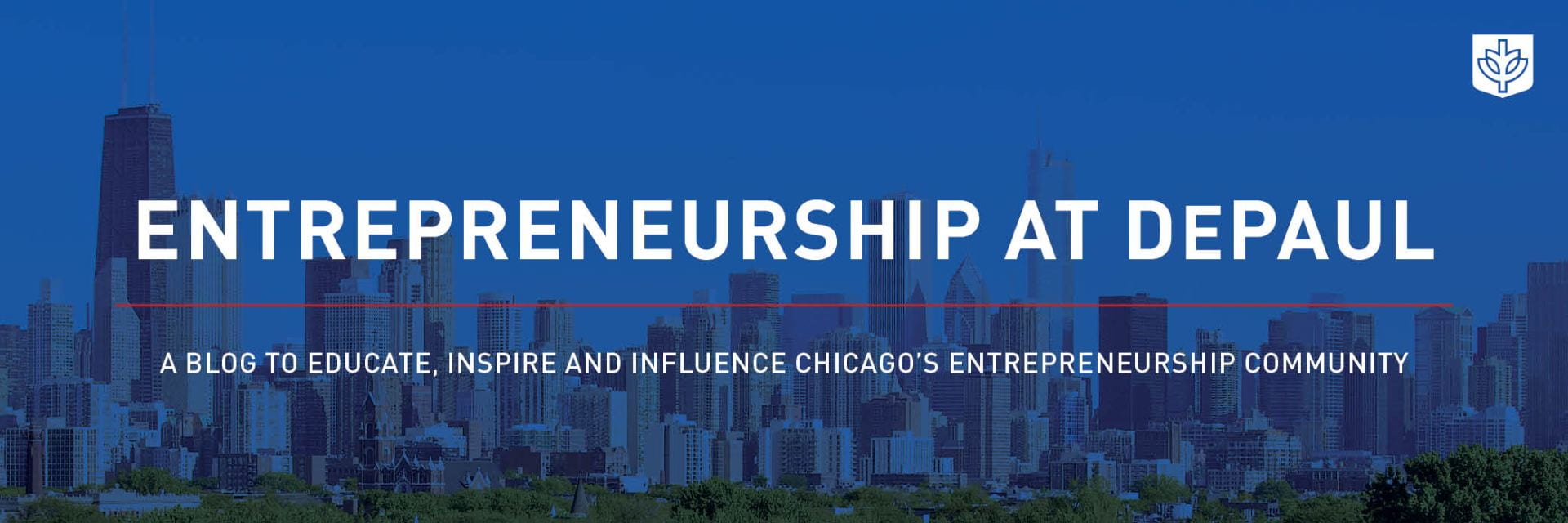
Please see Part 9 of the series here.
We’ve spent the last few posts discussing how to optimize your thinking by deliberately focusing on either flow (automatic, generative thinking) or mindfulness (intentional, generative thinking), and covering techniques (R.A.I.N., surfing urges, N.E.S.T.) to help you become more mindful. Now we must talk about one of the biggest bounties that mindfulness can offer to entrepreneurs, beyond just focusing on coping with the negative aspects of the mind. In this post, I will address directly the link between being mindful and being creative, arguably one of the most foundational traits of a successful entrepreneur. To understand the link between mindfulness and creativity, we must first revisit some of the central tenants of being mindful.
The Non-Judgmental Aspects of Mindfulness and Creativity
Mindfulness skill teaches you to suspend judgment for a specific reason: the creativity of your mind increases when you suspend judgment about what moves through your mind. The arches of thought, emotion, and urges that rattle through your brain roam freely when allowed. When you intentionally and kindly welcome all thoughts, without immediate judgment or condemnation, you offer a lovely gift to yourself: psychological safety.
Psychological safety means that you feel comfortable allowing a wide range of thought because you do not fear a negative, internal voice that would otherwise come down on you for considering that ludicrous idea or another preposterous plan. Entrepreneurs often feel perfectionistic pressures because they are, after all, looking often at the slim margins of a market for openings. Mistakes mean missing rich opportunities. Psychological safety may, therefore, feel somewhat foreign to an entrepreneur who prides herself on combatively and ruthlessly shooting down “stupid ideas” in her own mind. But, with mindfulness, this negative internal narrator stops and a cornucopia of ideas, ripe with both stupidity and brilliance, can all come into your mind, easily and freely, without censure. In raw numbers, the quantity of ideas you generate increases as does the diversity. And this posture is the prototype for successful entrepreneurship, yes? That any idea is possible, with ample time, space, and resources to see it through? Judgment stifles the impulse to think freely about the possible. Mindfulness skill asks you to deliberately set aside judgment.
Allowing All Thoughts to Be
Sometimes allowing your thoughts to come without judgment feels disconcerting, especially when you are explicitly trying to be creative. I mean, right now, try to think of a creative thought about how to solve problem X in your company or problem Y with your product. It just does not happen on command. You must deeply (and hopefully mindfully!) engage in this challenging task. Your mind will drift during this task, and you must recognize when it happens, allow it to happen without battling the thought, and return your attention to the creativity-based task in front of you. Such an allowance means that, during a creativity session, you must sit with an emotion like jealousy or irritation, or an urge to check your phone, or a ruminative thought about a past mistake and just….let it be. When you intentionally practice non-judgment of cognition, you don’t get to defend yourself from what runs through your mind! But, at the same time, that same openness to whatever arises in your mind can also let more atypical, innovative thoughts percolate up without you immediately judging the cognition as not possible. Sure, you may experience mind-wandering to the social comparison trap we talked about earlier; or sure, you might find yourself explicitly evaluating (rather meanly) an idea you generate; but apply your mindfulness skill here to see that, in both cases, you are not allowing all thoughts to be and instead are doing one step worse – judging yourself for them. What a waste of time!
The Focus (and Return of Focus) When the Mind Wanders
To my prior point about wasting time…with repeated suspension of your own internal judgment during ideation, an entrepreneur with mindfulness skill gains another clear benefit: the problem space opens up for them. Why? Because when you aren’t parallel processing judgment, more information comes to the surface of consciousness. Further, when you gate-keep thoughts, you introduce an opportunity cost by virtue of the time spent on the act of tending the gate. If instead, you keep the gate of your mind open, the rush of incoming ideas provides you with more data to integrate into your understanding of the world. Sure, some of that cognition is objectively useless, but certainly not all of it. Outside the practice of mindfulness, then, you can sit back and evaluate what happened when the gate opened and will find that you simply have more data, and more robust, interesting, and novel data, to play with. Of course, to an entrepreneur, on the margins that additional data represents a dimension of opportunity not available to others. You now can use your entrepreneurial skill to capitalize on that.
Entrepreneur’s Resistance to Mindful Creativity
I can sense, though, the resistance that entrepreneurs feel at letting their minds think freely. There is a certain rush, a certain pressure to act quickly as an entrepreneur so that you can be the first mover. With that urge to move quickly, entrepreneurs must assess and take decisive action on ideas without too much hesitation. So, to be open to thoughts, experiences, emotions, and urges in an accepting, non-judgmental way – to be mindful – may ulteriorly suggest a certain amount of apathy that does not fit an entrepreneur’s usual decision-making style. An entrepreneur might think, ok, so I just accept that things are as they are, and feel stupefied why they would want to feel that way. I want to fix, resolve, change, modify, and update – not passively accept what is happening! Or, if I just accept all these ideas, the risk of a stupid one coming through exponentially increases, and my margins are too thin to allow that!
I’m suggesting instead that passivity and docility as far from the core of mindfulness practice. Mindfulness practice lets the urges of the brain that relate to protecting itself in unnecessary ways pass by – no longer do you linger on a particular thought and think why did I think of something so basic or useless? As we just talked about, without that judgment you can see more information and make better-informed observations and decisions. Nothing is passive about that active, intentional state of information gathering! Effective creativity blossoms when we incorporate more information into decisions.
Mindfulness Exercise:
- Mindful Creativity in Action
- Take a small, thorny problem in your business. Set aside a specific amount of time (say, 30 minutes) to ideate creativity on how you might solve the problem.
- Before you begin, open up two documents (or have two sheets of paper/pen). If the first 25 minutes:
- In one document, titled “Ideas,” list all the possibilities you generate to solve your identified problem.
- In the other document, titled “Interruptions,” every time you feel distracted from the task, record where your mind went.
- In the remaining 5 minutes, examine patterns you recognize within your “Interruptions.” They likely fall into the following categories:
- Judgment of ideas – usually sort of ruthless and mean-spirited
- Off-task electronic pulls, like the urge to check your phone or send that task
- Off-task internal pulls, like thinking about when to eat next or that pain in your hip
- Mind wandering – usually daydreaming/fantasizing; feeling bored and listless
- Consider how much time all of your Interruptions took during the exercise. Try to add it up! You set aside 25 minutes to be creative…how much of that time was actually spent on the task?
- Now, reflect on what mindfulness could potentially offer you in such an exercise.
- How much more quickly might you recognize interruptions?
- How much kinder would you be to yourself if your mind wandered?
- How much more quickly would you return your focus to the task on hand?
Concluding Thoughts:
I do hope this series was helpful to entrepreneurs and non-entrepreneurs alike! The power of mindfulness – to be aware, present, and non-judgmental of your brain’s inner machinations – cannot be understated if your goal is to live with a more focused, calm, and attentive mind. The techniques and skills outlined are only the beginning of your mindfulness journey! To deepen your skillset, I recommend the following resources:
- Any books by Jon Kabat-Zinn, Sharon Salzberg, Joseph Goldstein
- The Happiness Trap by Russ Harris
- Already Free by Bruce Tift
- Acceptance and Commitment Therapy or Dialectical Behavior Therapy workbooks (written for self-instruction)
- Podcasts: Headspace; 10% Happier
Questions?
Reach out to Professor Grace Lemmon at glemmon@depaul.edu if you have questions about this post. Or, if your company is interested in applied mindfulness training, Professor Lemmon is happy to connect with you through collaboration with DePaul University Executive Education. Thanks!
This is Part 10 in the Spring Cleaning for the Entrepreneurial Mind Series by Associate Professor Grace Lemmon.
- Read 9: Mindfulness to Improve Entrepreneurial Self-Compassion
- Read 8: Mindfulness to Improve Impulsivity
- Read 7: Mindfulness to Improve Entrepreneurial Decision-Making
- Read Part 6: How Entrepreneurs Can Use Mindfulness to Shift Toward Growth-Oriented Thinking
- Read Part 5: How Entrepreneurs Can Use Mindfulness to Shift Away From Mindless Thinking
- Read Part 4: How Entrepreneurs Can Use Mindfulness to Shift Away From Ruminative Thinking
- Read Part 3: Habits of the Mind
- Read Part 2: Why should entrepreneurs be mindful?
- Read Part 1: What is mindfulness, and what is its basic practice?

Grace Lemmon is an Associate Professor in the Department of Management & Entrepreneurship in the Driehaus College of Business. A research expert on topics related to stress management, including burnout, engagement, work detachment and work recovery, Professor Lemmon is particularly interested in how people develop more fulfilling relationships with work through value alignment. One of her most popular course is The Mindful Leader, which explores how to apply mindfulness to be a better leader of others and oneself.
